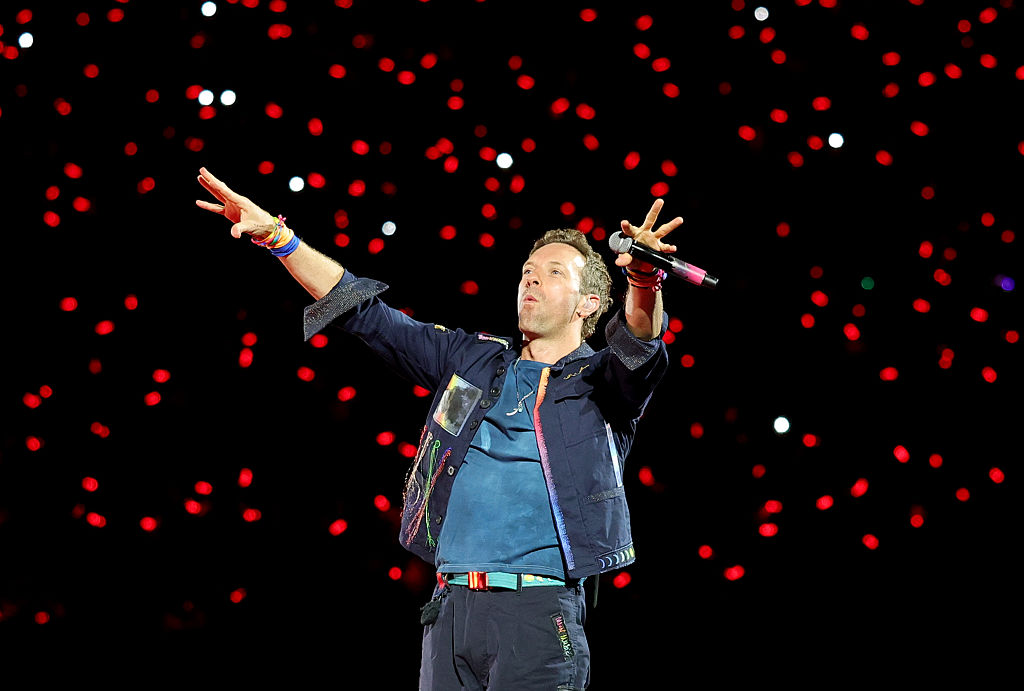Hubble Network, a Seattle-based startup, is set to revolutionize global connectivity by expanding its satellite-powered Bluetooth network. The company has developed an advanced phased-array receiver designed to create a comprehensive Bluetooth layer around the Earth, as described by CEO Alex Haro.
This innovative payload will be deployed on two substantial new satellites from Muon Space, known as MuSat XL, scheduled for launch in 2027. These satellites are expected to provide a 12-hour global revisit time and detect Bluetooth Low Energy (BLE) signals at 30 times lower power than current capabilities. This advancement could significantly extend the battery life of tracking tags and sensors on Earth.
The initial pair of MuSat XL satellites will serve as the foundation for Hubble’s BLE Finding Network, targeting enterprises across various sectors, including logistics, infrastructure, and defense.
In 2024, Hubble achieved a milestone by becoming the first company to establish a direct Bluetooth connection to a satellite. The company’s approach is straightforward: instead of requiring specialized hardware, customers can integrate their devices’ chipsets with a firmware update to connect to the Hubble network.
The advantages of this space-based network are substantial. It offers global visibility, even in remote areas, and provides a developer-friendly solution for companies to track assets without the need for additional infrastructure.
Currently, Hubble operates seven satellites and aims to have 60 in operation by 2028. The long-term objective is to upgrade the entire constellation to larger platform buses to enhance power and performance, according to Haro.
Hubble’s partnership with Muon Space is strategic, given Muon’s capacity to rapidly scale manufacturing. Despite being a relatively young company, Muon has secured a $146 million funding round and is expanding its San Jose production facility to support the production of over 500 spacecraft per year by 2027.
Hubble is the inaugural customer for the 500-kilogram-class MuSat XL satellite platform. This platform offers multi-kilowatt power to payloads, optical crosslinks, high-volume downlink, and near real-time communications for time-sensitive missions. The partnership also indicates a broader effort by Muon to compete for more lucrative contracts with the Department of Defense.
The MuSat XL platform is well-suited for Space Development Agency (SDA) Tranche missions, aiming to build a missile defense constellation in low Earth orbit. The platform reflects the evolution of Muon’s technical capabilities and its growing role in delivering multi-mission spacecraft that programs like SDA increasingly rely on.
Muon’s business model can be described as space-as-a-service. The company designs, builds, and operates satellites using a vertically integrated stack of hardware and software. This approach allows companies like Hubble to focus on developing their specific networks while Muon manages the satellite platforms and mission operations.
In summary, Hubble Network’s collaboration with Muon Space represents a significant advancement in global connectivity. By leveraging advanced satellite technology, Hubble aims to establish a pervasive Bluetooth layer around the Earth, offering enterprises a cost-effective and efficient solution for asset tracking and management.



